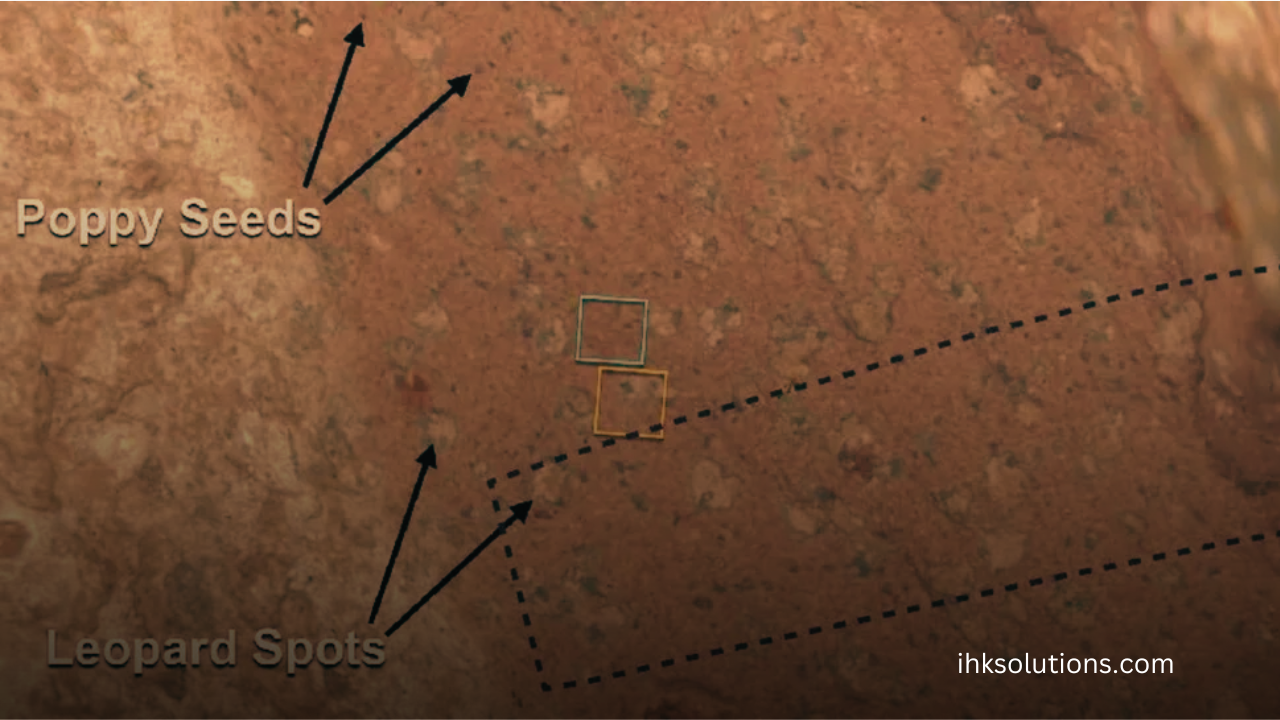“Poppy Seeds” and “Tiger Spots” on Mars May Indicate Ancient Microbial Life

“Poppy Seeds” and “Tiger Spots” on Mars May Indicate Ancient Microbial Life
A mysterious, arrowhead-shaped rock on Mars, featuring characteristics that could hint at ancient microbial activity on the Red Planet, has puzzled scientists.
NASA announced in July last year that this rock—found in Jezero Crater by the Perseverance rover—holds some of the most compelling evidence yet of the possibility of ancient microbial life on Mars. Scientists believe that billions of years ago, when Mars was much wetter than it is today, conditions might have been suitable for microbial life to thrive. Earlier this week, researchers involved in the discovery publicly presented their findings for the first time at the Lunar and Planetary Science Conference in Texas. They detailed the rock’s chemical composition and structure, which continue to offer intriguing clues about potential ancient life on Mars.
The fine-grained clay rock, named Chiafa Falls—after the tallest waterfall in the Grand Canyon, Arizona—sits at the edge of an ancient river valley called Neretva Vallis, which runs along the inner wall of the crater. The rock features black, blue, or green speckles, which researchers have dubbed “poppy seeds.” Alongside these speckles are dozens of dark spots, each about a millimeter in size, known as “tiger spots.”
Instruments aboard Perseverance have revealed that many of the rocks displaying these features are rich in iron, yet vary in their oxidation and coloration. This variation—ranging from oxidized red to less-weathered hues—could be a telltale sign of organic activity, potentially indicating that microbial processes altered the rock’s original appearance.
Joel Hurowitz, deputy principal investigator of the PIXL instrument (mounted on the robotic arm of Perseverance), stated at the conference:
“On Earth, such reactions are typically associated with microbial respiration of organic materials.”



